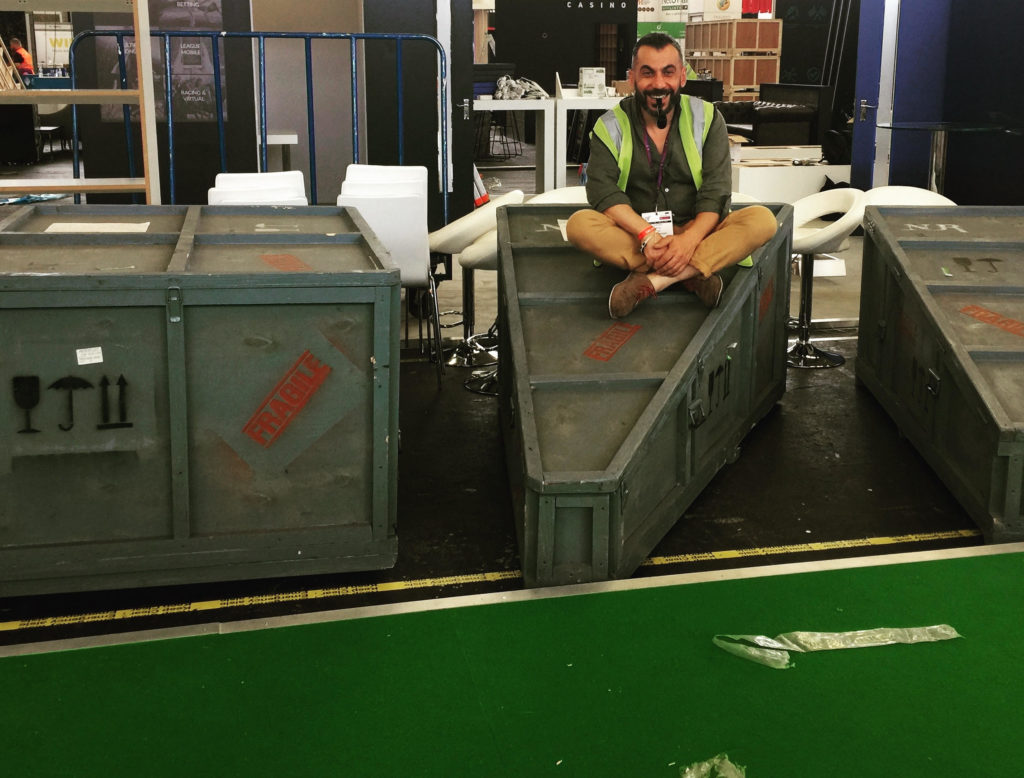By Sona Hamalian
YEREVAN — “The Fly” is touring the world. The massive — i.e., human-size — sculpture made its debut at the 2017 Florence Biennale, winning the prestigious Lorenzo il Magnifico Gold Medal.
The following year, “The Fly” was shown at the Cafesjian Center for the Arts, in Yerevan. More than 7,000 people saw it during the multimedia exhibition which was unprecedented for the museum. Those who were there will tell you that perhaps the most characteristic reaction to the imposing sculpture was one of surprise and delight, a certain childlike bewilderment. Those visitors also had the opportunity to align their bodies with that of “The Fly,” to wear its limbs, as it were, in the manner of a skydiver wearing a wingsuit.
It was all about seeing the world from the perspective of someone — or, in this case, an insect — most of us don’t care much about. Why? Not only to gain deeper insight into what makes them who they are, but also, as its creator Arman Nur would suggest, to be poised to transcend the hatred that can fetter our intellectual and spiritual growth. To further demonstrate the point, the exhibition included a symbolic sculpture, in the form of a pair of eyeglasses, that complemented and amplified the large fly sculpture. After learning about the philosophical rationale behind the sculpture, visitors would actually wear the intricately-designed eyeglasses, thereby imagining, if not feeling, the experience of viewing the world through the eyes of a fly. “That experience has to do with being free to roam and explore the environment around us, without the need to live entrapped in our selfish, self-centered ways,” Nur explains.

From July 16 through 21 of this year, “The Fly” was exhibited at the RAI Amsterdam Convention Center, garnering critical acclaim. Next, the sculpture will be shown at the Art Nocturne Knocke, in Knokke-Heist (West Flanders), Belgium, beginning August 10. Art Nocturne Knocke is one of Europe’s most important art and antiquities fair. Given the now-iconic sculpture’s universal message of “understanding, forgiveness, and love,” Nur’s dream is to have it exhibited at the place still considered the very heart of international synergy, the United Nations headquarters, in New York. Nur has also designed a game featuring “The Fly” that was featured at the ICE London gaming convention, in February 2018.
Born in the Armenian capital in 1971, Arman Nur was educated at the Toros Roslin Applied Arts Institute, in Yerevan; the Moscow Institute of Gemology; and Miami International University of Art and Design.










